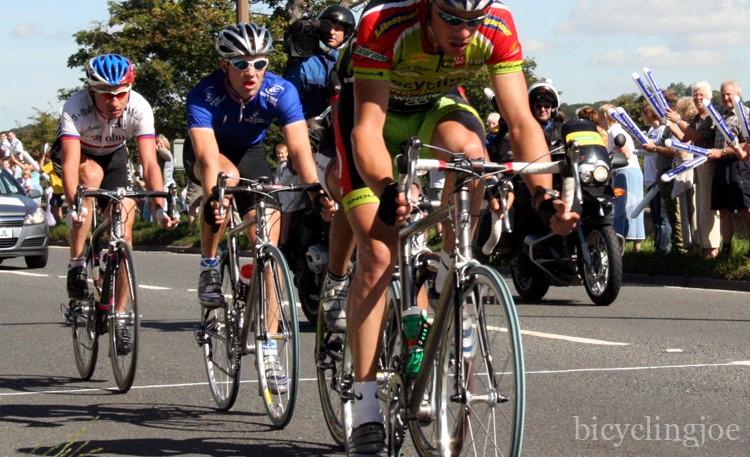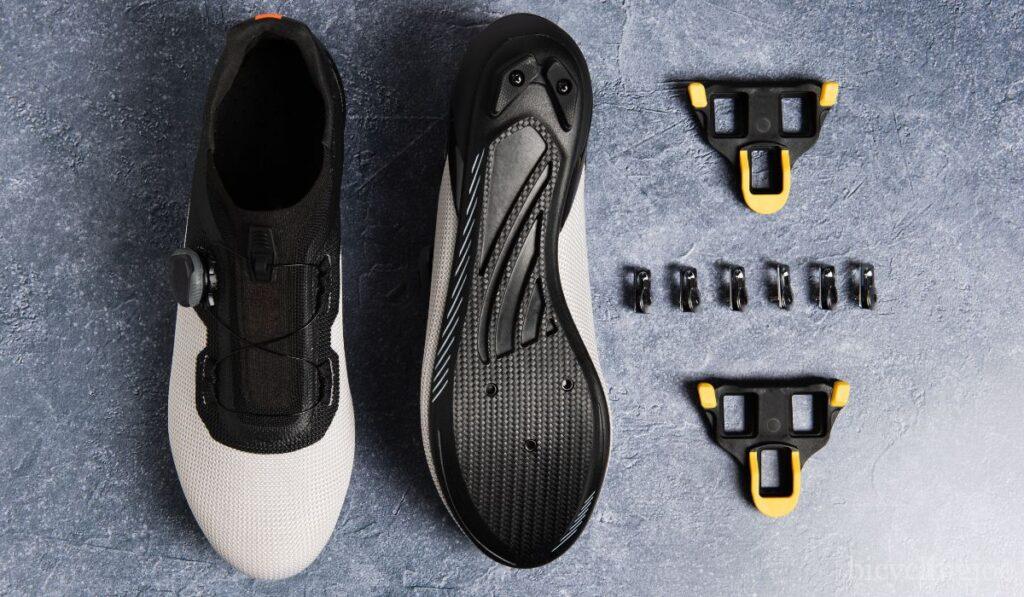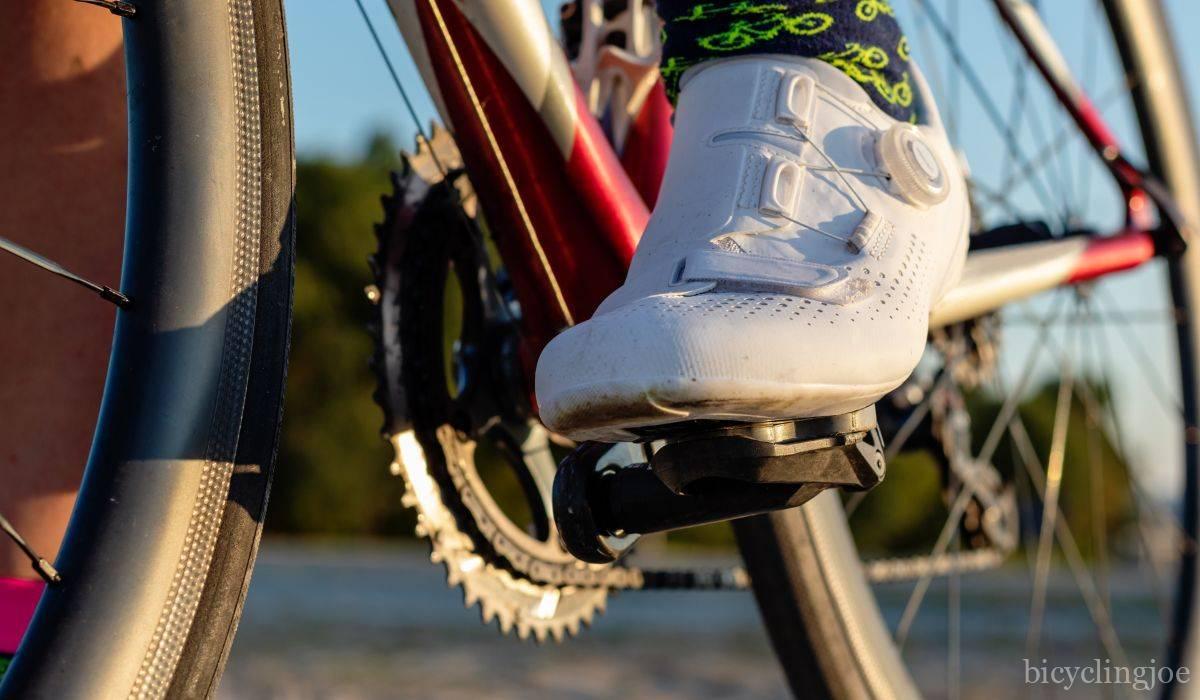Choosing the Perfect Pair: The Best Cycling Shoe Cleats for Your Ride

Cycling enthusiasts know that the right gear can make all the difference in their performance and comfort on the road or trail. When it comes to optimizing your cycling experience, one often-overlooked component is the cycling shoe cleats. These small but critical pieces play a significant role in your connection with the bike, impacting your pedaling efficiency, control, and overall ride quality. In this blog post, we’ll dive into the world of cycling shoe cleats, exploring the best options available and how they can elevate your cycling experience.
The Significance of Cycling Shoe Cleats
Cycling shoe cleats may appear inconspicuous, but they are the essential interface between your feet and the pedals. They are responsible for transferring your pedaling force efficiently, allowing you to pedal with power and precision. Choosing the right cleats can improve your control over the bike, reduce the risk of injury, and enhance your overall riding experience. Cleats are different for MTB Clipless Pedals and Road Bike Pedals
Types of Cleat Systems
Cycling shoe cleats come in various designs, and the choice of cleat system depends on your riding style and preferences. Here are some of the most popular cleat systems:
- Look Keo: Look Keo cleats are favored by road cyclists. They use a three-bolt configuration known for its stability and power transfer.
- Shimano SPD-SL: Also prominent in road cycling, Shimano SPD-SL cleats have a three-bolt setup. They offer a secure connection and adjustable float settings.
- Shimano SPD: These cleats are common in mountain biking and some commuting setups. They use a two-bolt system and are lauded for durability and ease of use.
- Time: Time cleats are used with Time pedals and are known for their angular float, which allows natural foot movement during pedaling.
- Speedplay: Speedplay cleats stand out with dual-sided engagement. They are preferred by road cyclists for their low stack height and adjustability.
- Crankbrothers: These cleats are paired with Crankbrothers pedals, mainly in mountain biking. They offer customizable release angles and excel in muddy conditions.

Factors to Consider When Choosing Cleats
Selecting the best cycling shoe cleats for your ride involves several key factors:
Cleat Compatibility in cycling shoe cleats
Ensure that the cleats you choose are compatible with your pedal system. Cleat compatibility is a crucial consideration when selecting cycling shoe cleats, and it essentially means ensuring that the cleats you choose are a perfect match for your pedal system. It’s like making sure that the pieces of a puzzle fit together seamlessly. Here’s a more detailed exploration of this important aspect:
1. Pedal Systems and Cleat Compatibility:
Different pedal manufacturers produce their own cleat systems for cycling shoe cleats, each with its own unique design and configuration. These cleat systems are not universal; they are specific to the brand and model of the pedals. For instance, Look Keo cleats are designed to work exclusively with Look Keo pedals, and Shimano SPD cleats are meant for Shimano SPD pedals. Attempting to use cleats with the wrong pedal system can result in a poor fit, compromised performance, and even safety risks.
2. Manufacturer Guidelines:
To ensure cleat compatibility, it’s essential to consult the manufacturer’s guidelines and recommendations about cycling shoe cleats. Manufacturers provide detailed information about which cleats are designed for their pedals. They also offer insights into adjustments, installation, and maintenance, ensuring you get the most out of your cycling experience.
3. Cleat Systems:
Understanding the specific cleat system your pedal uses is key. For example, if you’re a road cyclist, you’re likely using a three-bolt cleat system, such as Look Keo or Shimano SPD-SL. Mountain bikers and some commuters often use a two-bolt cleat system, like Shimano SPD. Knowing your pedal system and matching it with the appropriate cleats is fundamental to enjoying a secure and efficient connection with your bike.
4. Cross-Compatibility Considerations:
While cleat systems are generally not cross-compatible, some manufacturers have created adapters or compatible cleats for other pedal systems. These solutions can be handy if you wish to switch pedal systems without changing your shoes or cleats. However, they may not offer the same level of performance and security as using cleats designed specifically for your pedals.
5. Consider Your Riding Style:
Your choice of cleat system should align with your riding style. If you’re primarily a road cyclist, you’ll benefit from the stability and power transfer of a road-specific cleat system. On the other hand, if you’re an avid mountain biker, a cleat system designed for off-road use and walkability will be more suitable.
6. Compatibility Maintenance:
As you ride, it’s important to periodically inspect your cleats and pedals for wear and tear. Over time, cleats can wear down, affecting their compatibility with the pedal system. Regular maintenance, such as cleaning and lubricating the contact points, can help prolong the lifespan of your cleats and pedals, ensuring a secure fit and optimal performance.
Cleat compatibility for cycling shoe cleats is the linchpin that ensures your cycling shoe cleats work seamlessly with your pedals. It’s a foundational consideration that should not be overlooked, as it directly impacts your power transfer, control, and safety on the bike. By adhering to manufacturer guidelines, understanding your pedal system, and choosing the right cleats for your riding style, you can enjoy a cycling experience that’s both efficient and secure. Cleat compatibility is the first step in building a strong connection between you and your bike, allowing you to pedal with confidence and precision.

Float Adjustability
Consider your float preference. Some cleat systems offer adjustable float settings, allowing you to customize the degree of lateral movement to suit your comfort and riding style. Float adjustability is a crucial feature found in many cycling shoe cleat systems. It refers to the degree of lateral (side-to-side) movement that a cleat allows before it disengages from the pedal. Understanding and utilizing float adjustability can significantly enhance your cycling comfort and performance. Let’s take a look in detail:
1. What is Float?
Float, in the context of cycling cleats, is the degree to which your foot can move laterally while clipped into the pedals. It’s like the freedom your feet have to naturally swivel or adjust slightly during your pedal stroke. Float allows your feet to find their most comfortable and efficient position without being locked into a fixed alignment.
2. Adjustable Float:
Some cleat systems, such as Shimano SPD-SL, offer adjustable float settings. This means you can customize the amount of lateral movement allowed by the cleats. Typically, float adjustability ranges from a few degrees up to around 15 degrees, depending on the cleat system and pedals.
3. Benefits of Adjustable Float:
- Reduced Discomfort: For many cyclists, especially those prone to hotspots or knee discomfort, having the ability to fine-tune the float can make a world of difference. It allows you to find the position where your feet feel most at ease.
- Natural Movement: Adjustable float mimics the natural movement of your feet during pedaling. This can reduce the strain on your knees and ankles and alleviate discomfort on longer rides.
- Customized Performance: Float adjustability lets you tailor your cleat setup to your specific riding style. Whether you prefer a more locked-in feel for sprinting or greater freedom for endurance rides, you can find the float setting that suits you best.
4. Finding Your Ideal Float Setting:
Discovering your ideal float setting may take some experimentation. Here’s how to do it:
- Start with Neutral: Begin with your cleats set to a neutral or middle float setting. This is often the default position.
- Test and Adjust: Go for a ride and pay attention to how your feet feel. If you sense discomfort or strain, consider adjusting the float. Some cleats have markers or indicators to help you gauge the degree of float.
- Gradual Changes: Make small adjustments to your float settings, typically in one-degree increments, until you find the setting that provides optimal comfort and performance. It’s important not to make bigger changes and all at once.
- Personal Preference: Keep in mind that float preferences vary from rider to rider. What works for one cyclist may not work for another, so trust your own comfort and feedback.
5. Maintenance and Monitoring:
Once you’ve found your ideal float setting, periodically check your cleats for wear and tear. Worn cleats can affect the effectiveness of float and may need replacement to maintain a consistent riding experience.
Float adjustability in cycling shoe cleats is a valuable feature that allows you to fine-tune your pedal setup for maximum comfort and performance. It provides the flexibility for your feet to move naturally while pedaling, reducing discomfort and strain. By experimenting with different float settings and paying attention to your body’s feedback, you can customize your cleat setup to match your riding style and individual preferences. Float adjustability is another tool in your arsenal for creating a cycling experience that’s efficient, comfortable, and tailored to your needs.

Cleat Placement
Proper cleat placement on your cycling shoes is crucial for optimizing power transfer and reducing discomfort or strain. Experiment with different positions to find your ideal setup.
Cleat placement on your cycling shoes is a critical aspect of optimizing your cycling experience. It can have a significant impact on power transfer, comfort, and control during your rides. Let’s delve into the importance of cleat placement and how to get it just right:
1. The Role of Cleat Placement:
Cleat placement refers to the precise positioning of your cleats on the soles of your cycling shoes. This placement determines the alignment of your feet with the pedals, influencing several key factors:
- Power Transfer: Proper cleat placement ensures that your energy is efficiently transferred from your legs to the pedals, allowing you to generate more power with each pedal stroke.
- Comfort: Correct cleat placement minimizes discomfort, hotspots, and pressure points, reducing the risk of pain or injury during your rides.
- Control: Cleat placement affects your ability to control the bike, especially when cornering, descending, or making sudden maneuvers. A well-aligned setup enhances your stability and control.
2. Finding the Right Position:
Achieving the ideal cleat placement involves experimentation and attention to detail. Here’s how to get started:
- Neutral Position: Begin with a neutral cleat position. This is typically aligned with the ball of your foot or the widest part of your foot. Most cycling shoes have markers or guides to help you position the cleats at this point.
- Balancing Act: Your goal is to balance power transfer, comfort, and control. Start by placing one foot in the cleat and adjusting the position until it feels comfortable and natural.
- Symmetry: Ensure that both cleats are positioned symmetrically to maintain balance and prevent imbalances that can lead to discomfort or uneven power distribution.
- Fine-Tuning: Make small adjustments in millimeter increments. Test your cleat placement on a ride, paying attention to any discomfort, knee pain, or control issues. Fine-tune the position until you achieve optimal comfort and performance.
3. Factors to Consider:
Several factors can influence the ideal cleat placement:
- Riding Style: Your riding style, whether road cycling, mountain biking, or commuting, can influence your cleat placement. Different styles may require slight variations in cleat positioning.
- Pedal System: Different pedal systems may have specific recommendations for cleat placement. Always consult the manufacturer’s guidelines for your specific cleats and pedals.
- Biomechanics: Your individual biomechanics, such as foot shape and leg length discrepancies, can also impact cleat placement. It’s essential to consider your unique physical characteristics.
- Cycling Goals: Your goals as a cyclist, whether it’s speed, endurance, or leisurely rides, can influence your cleat placement. Racing cyclists, for example, may prefer a more aggressive and forward position.
4. Maintenance:
Once you’ve found the ideal cleat placement, it’s essential to periodically check your cleats for wear and tear. Over time, cleats can become worn, affecting your alignment and power transfer. Replace cleats as needed to maintain consistent performance.
Cleat placement is an art that can significantly enhance your cycling experience. It’s a balance of power, comfort, and control, and it’s highly individualized. By starting with a neutral position and fine-tuning based on your comfort and performance feedback, you can achieve the perfect cleat placement for your riding style and biomechanics. Remember that cleat placement is not a one-time task; it may require adjustments over time as your body and riding preferences evolve. With precise cleat placement, you’ll unlock your full cycling potential, enjoying rides that are efficient, comfortable, and under your control. Regularly inspect your cleats for wear and tear. Worn cleats can affect engagement and disengagement, compromising your safety and performance. Replace them as needed.

The Best Cycling Shoe Cleats for 2023
While the choice of cycling shoe cleats ultimately depends on your individual needs and preferences, here are some top options to consider:
- Look Keo Cleats: Ideal for road cyclists seeking stability and power transfer.
- Shimano SPD-SL Cleats: A reliable choice for road cycling with adjustable float settings.
- Shimano SPD Cleats: Great for mountain biking and commuting, known for durability.
- Time Cleats: Offer angular float and natural foot movement for road cyclists.
- Speedplay Cleats: Loved for their low stack height and adjustability on road bikes.
- Crankbrothers Cleats: Excellent for mountain biking and muddy conditions, with customizable release angles.
In Conclusion
Cycling shoe cleats may be small in size, but their impact on your cycling experience is significant. They are the crucial link between your feet and the bike, facilitating power transfer, control, and comfort. Whether you’re racing, touring, commuting, or mountain biking, selecting the best cycling shoe cleats that align with your pedal system can make your rides smoother, more efficient, and more enjoyable.
Take the time to explore your options, experiment with different setups, and ensure proper maintenance of your cleats. With the right cleats, you’ll unlock your full cycling potential and enjoy a ride like never before—a testament to the importance of this often-overlooked cycling component. We also recommend reading through our blogpost on Top Clipless Pedals in 2023 and Best Insoles for Cycling Shoes


Quite detailed information listed, thanks that was very helpful
Thank you for the feedback